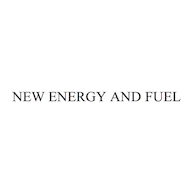New Carbon Conversion Tech Could Boost Net-Zero Initiative | OilPrice.com
Premium Content By Brian Westenhaus – Jan 31, 2023, 12:00 PM CST

The Ames Laboratory at Iowa State University has announced a new hybrid catalyst that converts carbon dioxide into ethylene in one pot. The catalyst was developed by scientists from Ames National Laboratory, Iowa State University, University of Virginia, and Columbia University. This catalyst supports the world net-zero carbon initiative by using carbon dioxide (CO2) recycling it as a feedstock for efficient ethylene production powered by electricity.
The team’s reporting paper has been published in the Journal of the American Chemical Society.
Ethylene is a commodity chemical used to manufacture a wide range of products from plastics to antifreeze. The large-scale production of ethylene is energy intensive and relies heavily on fossil resources. Electrocatalytic production of ethylene from CO2 is emerging as a promising method. This new catalyst consists of only earth-abundant materials, such as nickel and copper, and requires less energy for chemical reaction.
Long Qi, a scientist at Ames Lab, explained how the catalyst works.
Atomically dispersed nickel anchored on nitrogen assembly carbon (NAC) works to catalyze CO2 to CO at low voltage and high current. The catalyst is effective over a wide range of voltages and its effectiveness at higher currents means a higher rate of CO production.
ADVERTISEMENT
Qi noted, “Since this

